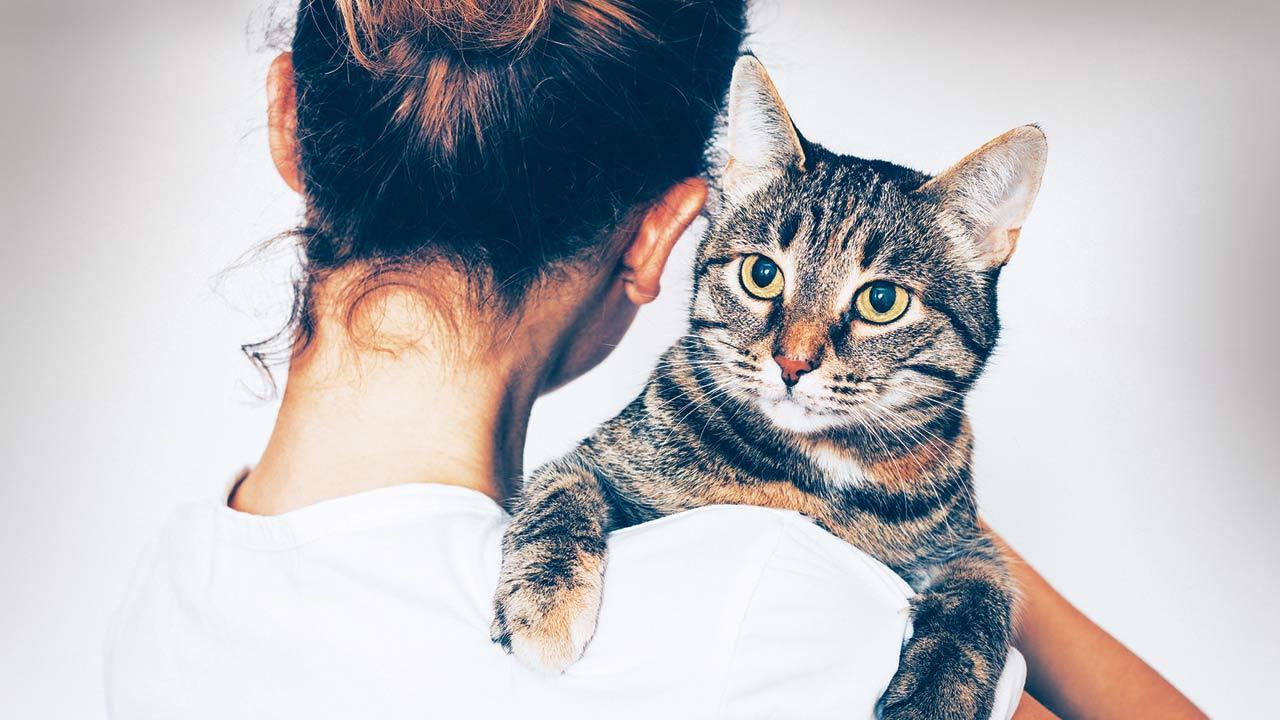Home / Mumbai-guide / Things To Do / Article /
Female authors who challenged the 'cat lady' trope
Updated On: 13 August, 2024 09:36 AM IST | Mumbai | Nandini Varma
Recently, US Republican senator and VP pick, JD Vance chided US Vice President Kamala Harris as a “childless cat lady”. We share four literary gems where the term has been reclaimed by women writers

Representation pic
With the US presidential election campaign in full swing, Republican senator and nominee for the post of the Vice President, JD Vance, took a dig at US Vice President and Democrats’ presidential pick, Kamala Harris, calling her “a childless cat lady”. The term comes from a deep-rooted ideology which cements women’s place to be limited to the private sphere within homes, and derides them if they participate in the public sphere or aspire to take up positions in public offices. In modern art and literature, we may find many examples of this image. Dating back to the 18th century, Georgian sketches of senior maids at a cat’s funeral depicted lonely old women carrying cats, with one of them holding a small casket. Ideas of mystery as well as hysteria have also come to be associated with the term, with the newer addition of the adjective ‘crazy’ to the phrase. For instance, on screen, we witness characters like Eleanor Abernathy from The Simpsons, Angela Martin from The Office, and Professor Umbridge from the Harry Potter universe, who follow the archetype.
 Eleanor Abernathy from The Simpsons
Eleanor Abernathy from The Simpsons




